Banded Iron formations – Richard Mills
2024.07.19
Three and a half billion years ago, the earth’s atmosphere had no oxygen, preventing life forms from developing on land or at sea.
If it wasn’t for the “Great Oxygenation Event”, the planet would have remained lifeless, uninhabited by micro-organisms, plants, animals and humans. That all changed with the emergence of the first life form, a blue-green algae called cyanobacteria.
Cyanobacteria grew prolifically in shallow waters, building structures called stromatolites – analogous to coral reefs. Through photosynthesis, stromatolites produced oxygen that bubbled through the oceans. The oxygen bonded with iron ions (free iron) that had dissolved from iron-bearing rocks, forming iron oxide.
Stomatolites can still be found in the Pilbara of Western Australia, which is the world’s largest deposit of banded iron formations (BIFs).
The iron oxide precipitated to the ocean floor and accumulated. As the dissolved iron was depleted, silica became the dominant mineral, which also fell to the seabed. Over a billion years, a lighter silicate known as chert and the iron oxide formed alternating layers, which became known as superior banded iron formations.
Once the iron and silica was locked up in these rocks, excess oxygen in the oceans escaped into the atmosphere, leading to the evolution of more complex life forms.
There is another type of banded iron formation that emerged even before photosynthesis. Algoma-type banded iron formations were created through the de-gassing of underwater volcanoes. These volcanoes released gases through small vents, among them oxygen. The oxygen reacted with the free iron to form iron oxide, which precipitated to the sea floor to form iron-rich layers. As in superior banded iron formations, chert became part of the alternating layers, or bands, that over millions or billions of years, became the banded iron formations we see today.
Snowball Earth
In 1992 a new theory was proposed on the origin of banded iron formations. In the Snowball Earth hypothesis, a severe ice age from 750 million to 580 million years ago totally or nearly depleted the oxygen in the atmosphere. Dissolved iron then accumulated in the oxygen-starved oceans, possibly from undersea hydrothermal vents. When the glaciers receded and the earth warmed, the seas oxygenated again, causing the iron ions to mix with the oxygen as iron oxide, and fall to the seabed.
Over million of years, the composition of some banded iron formations changed. As the earth’s tectonic plates shifted, groundwater chemical reactions combined with weathering and erosion. The BIFs that originated on the seabed became enriched with even greater concentrations of iron oxides such as hematite.
Today geologists know banded iron formations to be the largest and most concentrated accumulation of all the metalliferous elements in the earth’s crust.
Characteristics & prevalence
The narrow layers (from a few mm to a few cm) of iron oxide and chert (fine-grained quartz) in a banded iron formation is sedimentary rock; common minerals include hematite, magnetite, siderite, chlorite, grunerite and stilpronmelane. Their alternating reddish and greyish bands make BIFs striking to look at.
Banded iron formations account for around 60% of global iron reserves, and can be found in Australia, Brazil, Canada, the United States India, Russia, Ukraine and South Africa.
The four most prevalent BIFs are: Hamersley Province in the Pilbara of Western Australia; the Carajas Banded Iron Formation in Brazil; the Mesabi Iron Range in Minnesota; and the North China Banded Iron Formations.
Richard (Rick) Mills
aheadoftheherd.com
subscribe to my free newsletter
Legal Notice / Disclaimer
Ahead of the Herd newsletter, aheadoftheherd.com, hereafter known as AOTH.Please read the entire Disclaimer carefully before you use this website or read the newsletter. If you do not agree to all the AOTH/Richard Mills Disclaimer, do not access/read this website/newsletter/article, or any of its pages. By reading/using this AOTH/Richard Mills website/newsletter/article, and whether you actually read this Disclaimer, you are deemed to have accepted it.
Share Your Insights and Join the Conversation!
When participating in the comments section, please be considerate and respectful to others. Share your insights and opinions thoughtfully, avoiding personal attacks or offensive language. Strive to provide accurate and reliable information by double-checking facts before posting. Constructive discussions help everyone learn and make better decisions. Thank you for contributing positively to our community!

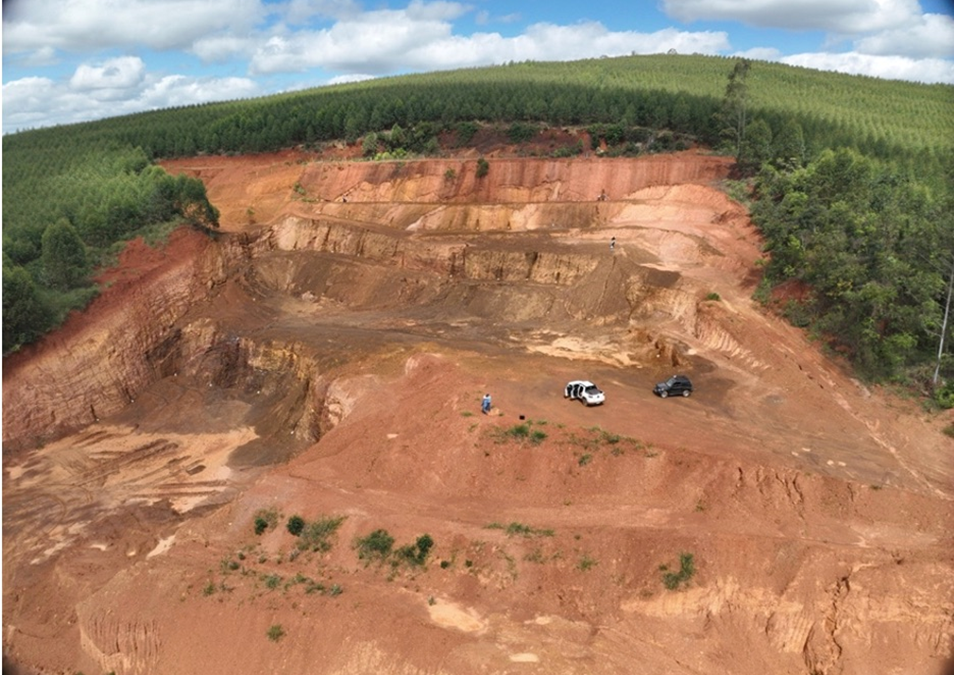
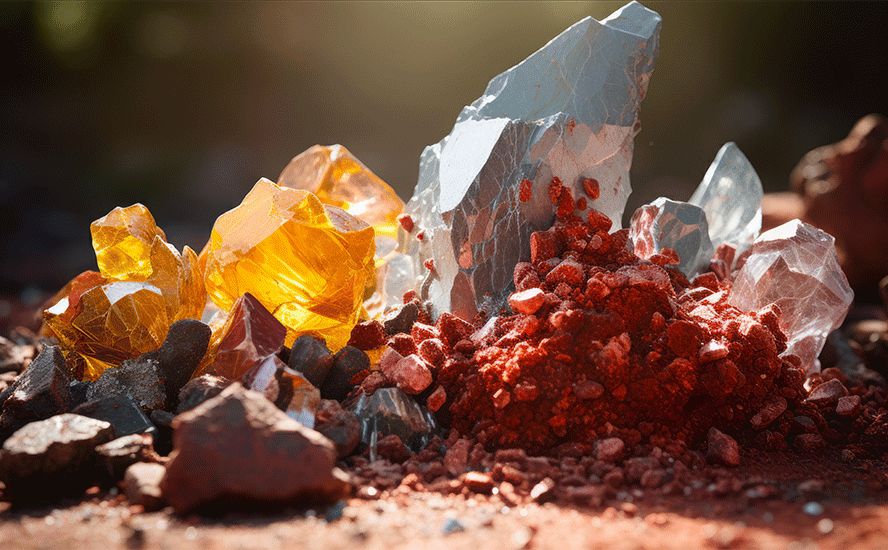
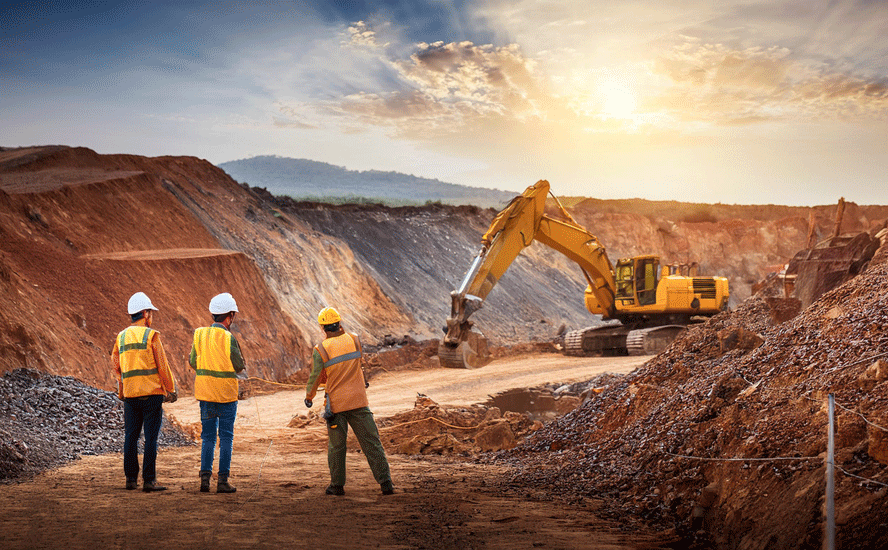
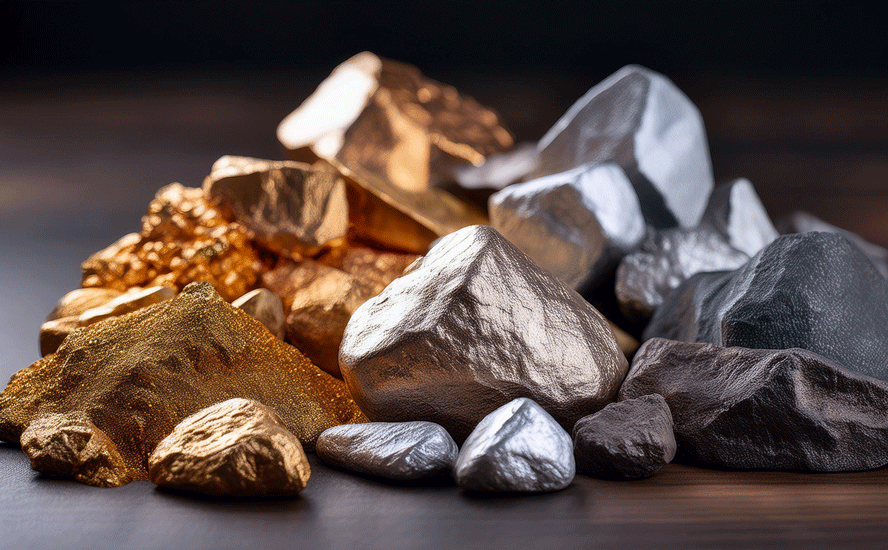
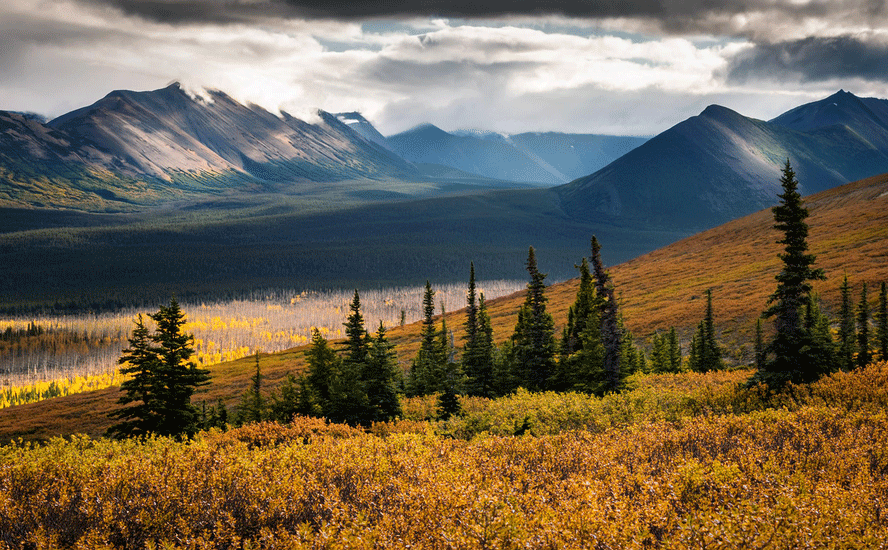
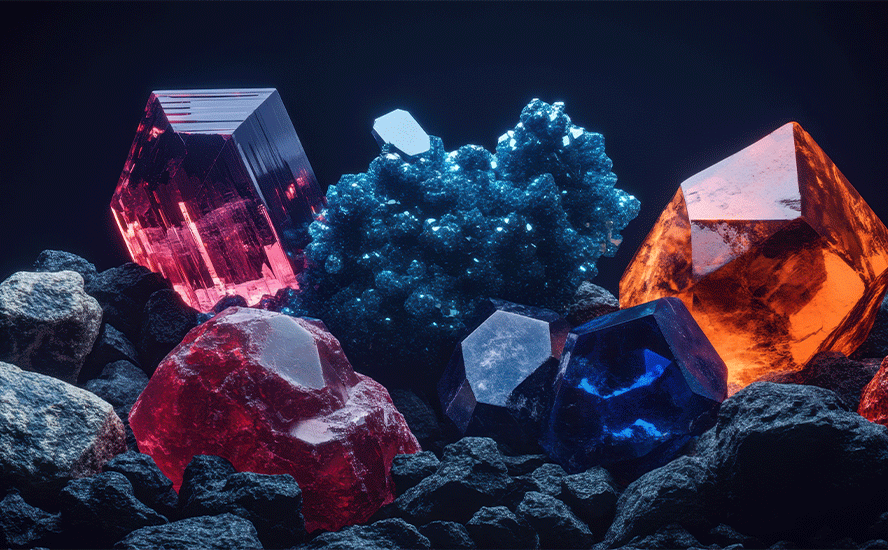


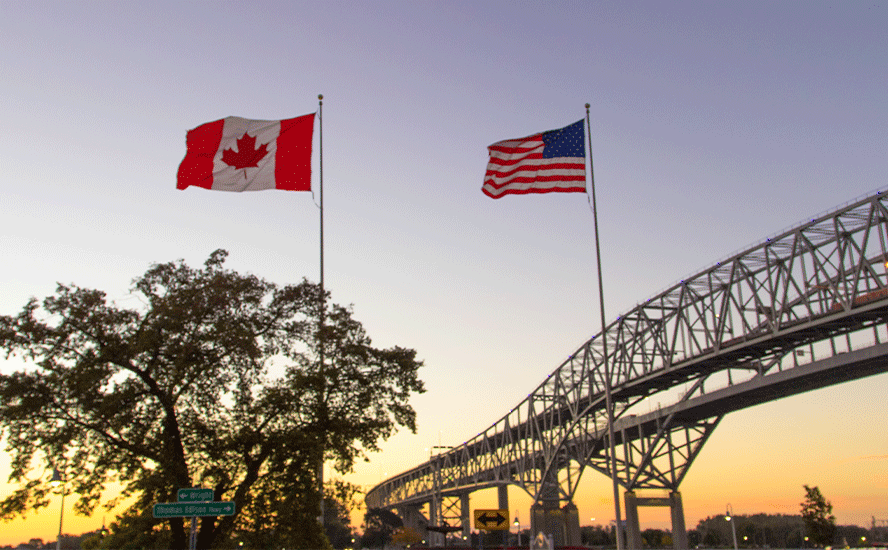

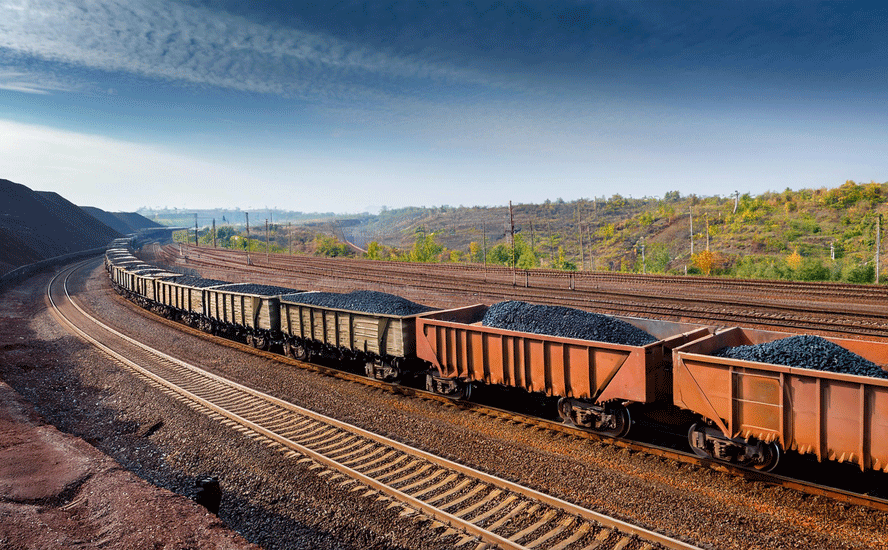

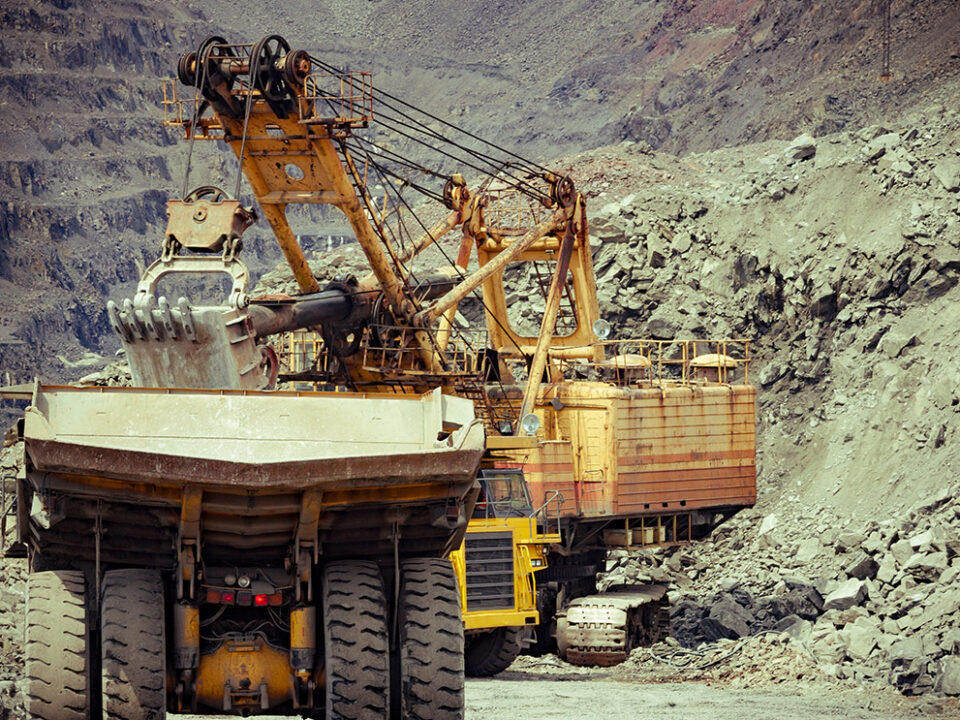


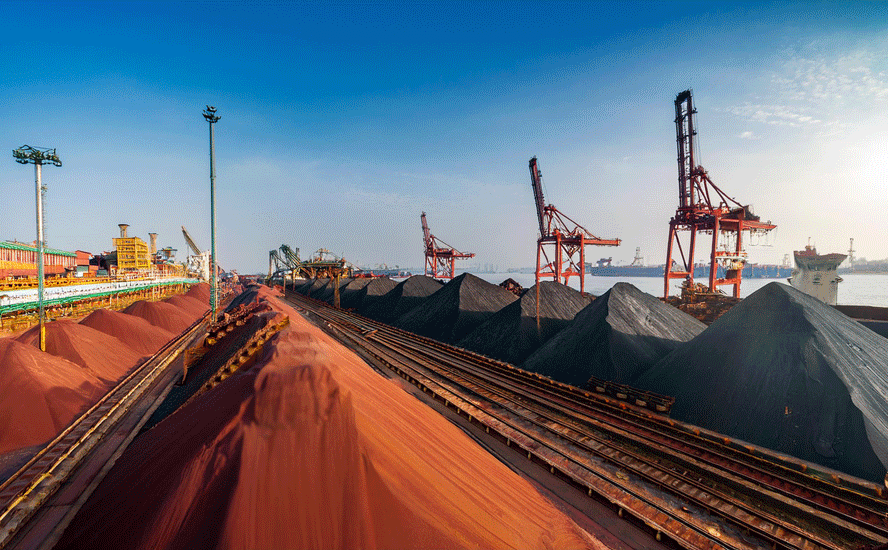





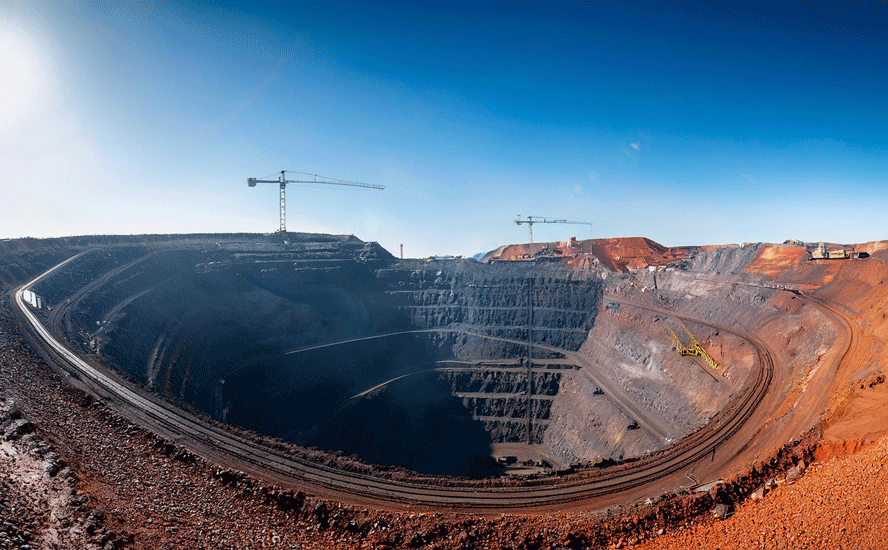

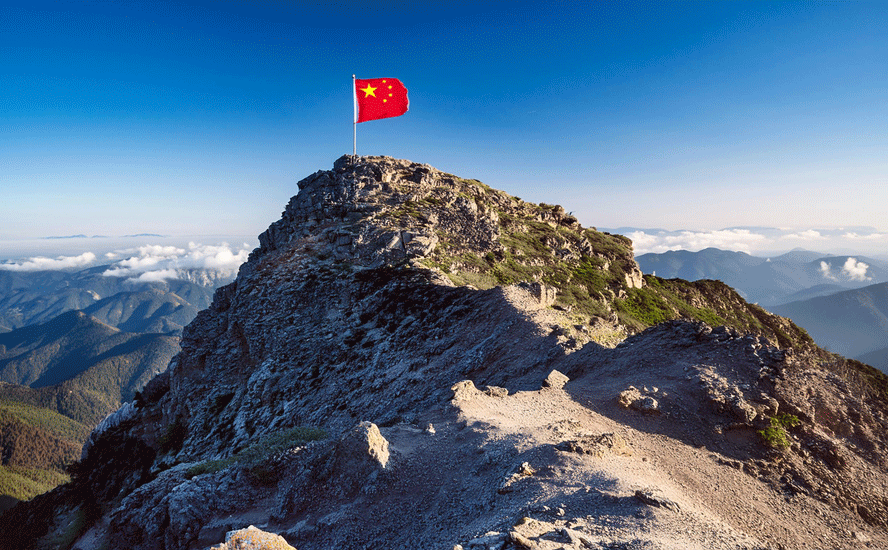
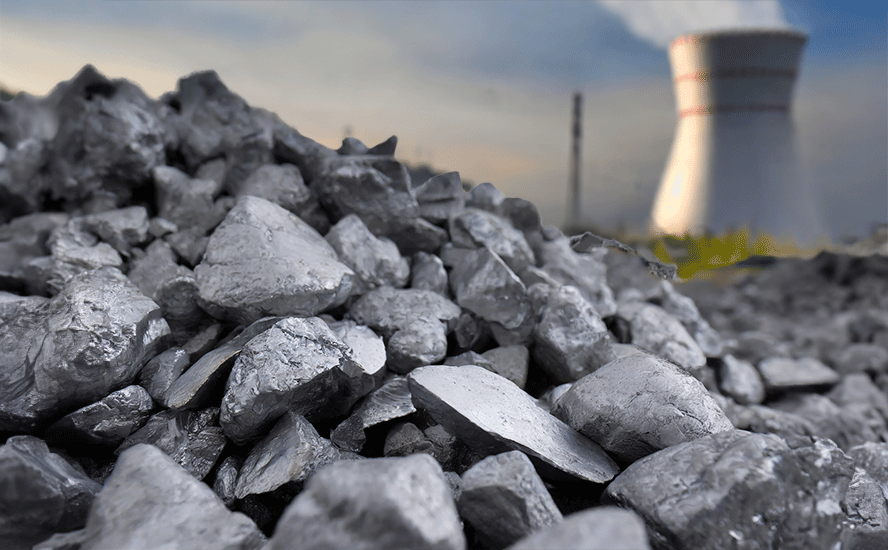

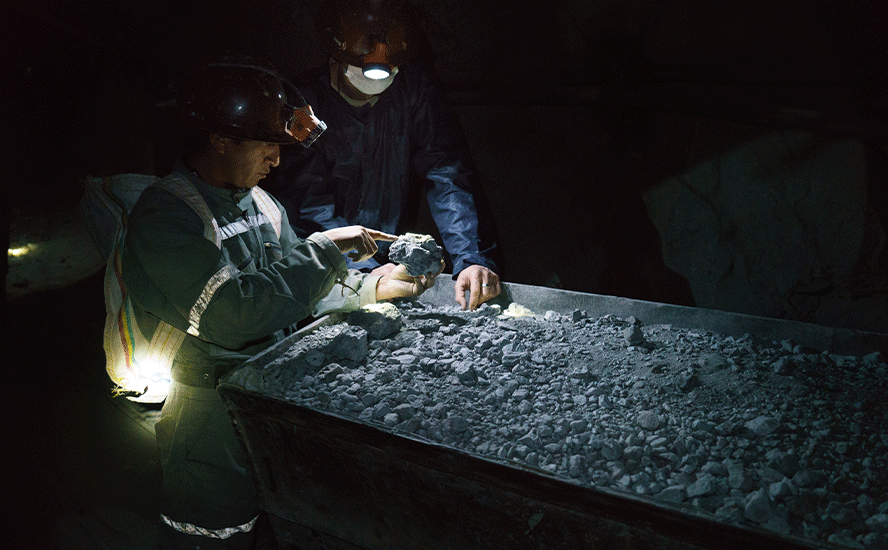
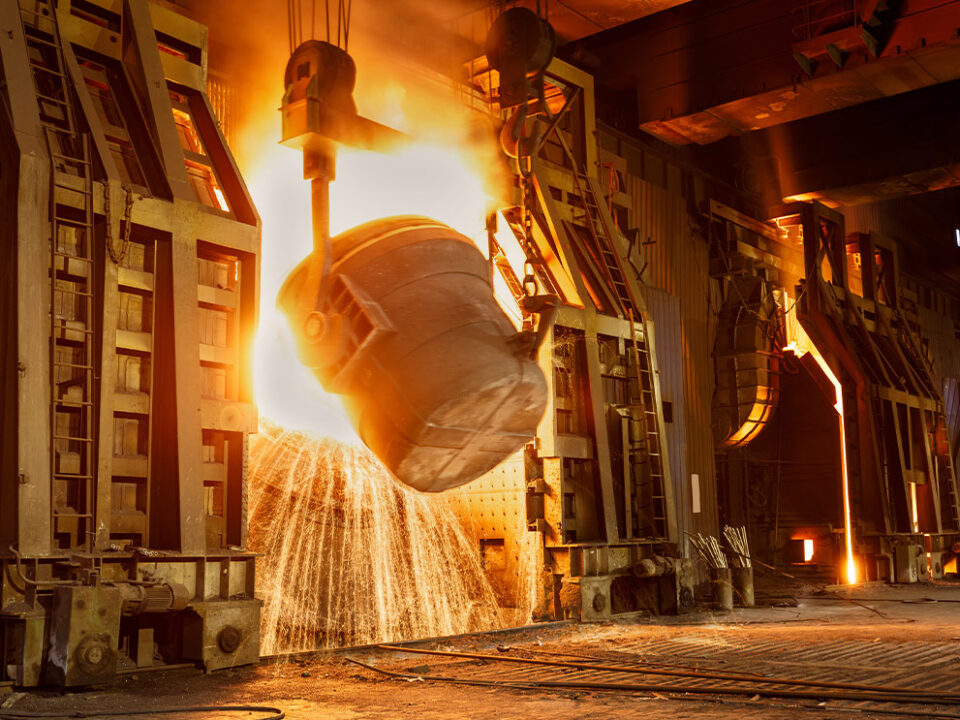
#BIF #BandedIronFormation #IronOre
https://aheadoftheherd.com/the-10-largest-iron-ore-mines-in-the-world/#respond